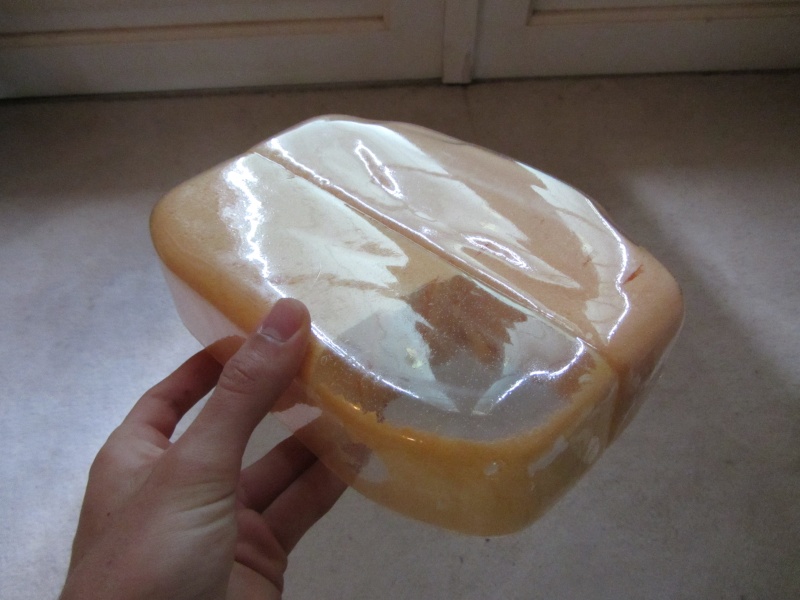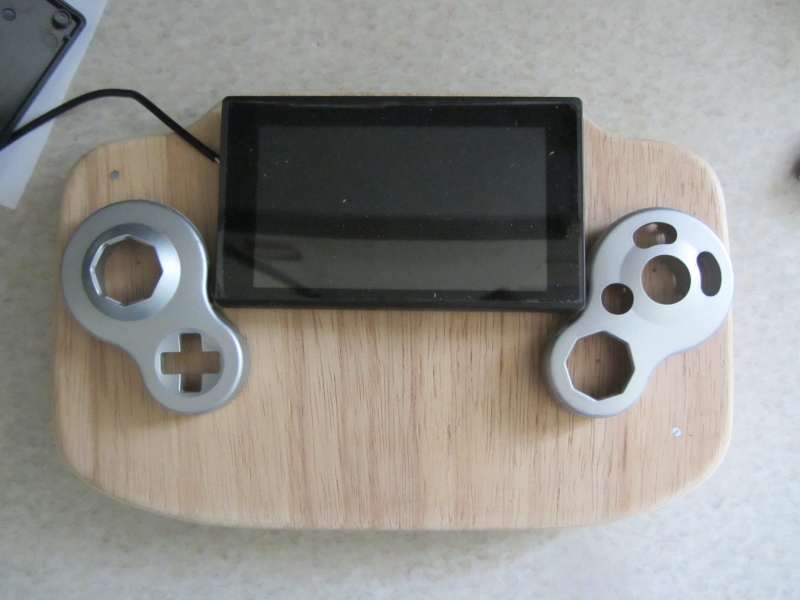lyberty5
Well-Known Member
your options :
-buying smaller soldering iron (30 W) (pas ceux de leroy merlin)
-going for the chip directly. The size of your soldering iron doesn't matter that much if you tin the wires (put solder on them first) and then heat the wire, not the tab. Try it. My first soldering iron was enormous yet I could do that sort of wiring.
-Scraping the traces :
now you must locate the traces you cut, and rewire them. Scrape off the paint with a knife or something, apply flux (eau de soudure) and tin, then solder your wire. For that method, the size of the iron and the wire do not matter since it will only connect where you reveal the copper under the paint. So its the way you scrape that determines how the connection will be made.
[Edit : also, us PALs don't always have the same circuitry as the diagrams you'll find on modretro. Don't follow them to the letter, use them as a guide, and use your multimeter to test]
don't always have the same circuitry as the diagrams you'll find on modretro. Don't follow them to the letter, use them as a guide, and use your multimeter to test]
-buying smaller soldering iron (30 W) (pas ceux de leroy merlin)
-going for the chip directly. The size of your soldering iron doesn't matter that much if you tin the wires (put solder on them first) and then heat the wire, not the tab. Try it. My first soldering iron was enormous yet I could do that sort of wiring.
-Scraping the traces :
now you must locate the traces you cut, and rewire them. Scrape off the paint with a knife or something, apply flux (eau de soudure) and tin, then solder your wire. For that method, the size of the iron and the wire do not matter since it will only connect where you reveal the copper under the paint. So its the way you scrape that determines how the connection will be made.
[Edit : also, us PALs
 don't always have the same circuitry as the diagrams you'll find on modretro. Don't follow them to the letter, use them as a guide, and use your multimeter to test]
don't always have the same circuitry as the diagrams you'll find on modretro. Don't follow them to the letter, use them as a guide, and use your multimeter to test]




















